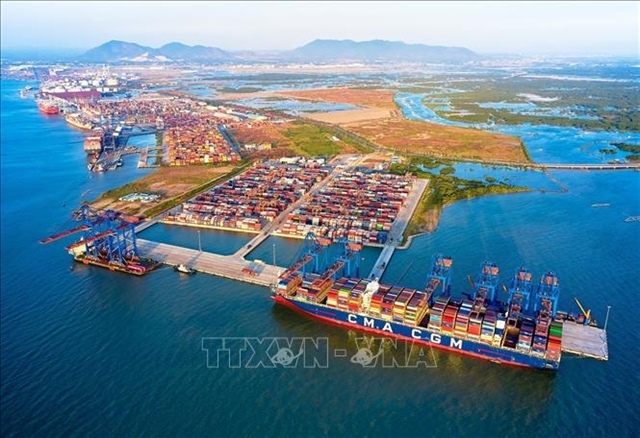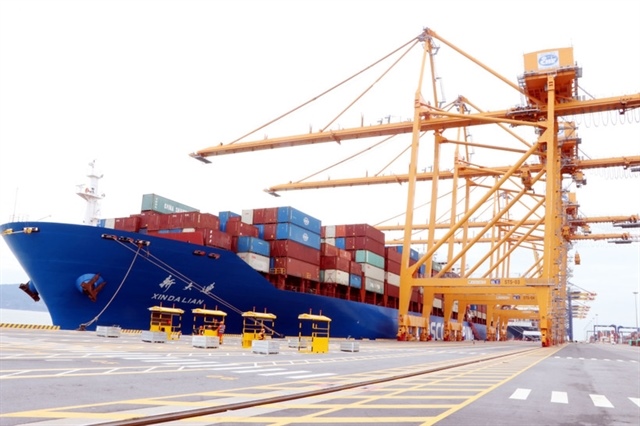Domestic fleet content with new regulation on container shipping market
Domestic fleet content with new regulation on container shipping market
The ships flying the Vietnamese flag now have the golden opportunity to regain the domestic container shipping market which is being controlled by foreign shipping firms.

Prior to that, in an effort to settle the current abundance of the Vietnamese fleet capacity, the Ministry of Transport in late June 2012 released a document, stipulating the temporary halt of the presence of the ships under foreign flags on the domestic container shipping market.
The foreign fleet flying foreign flags includes 20 ships with the total tonnage of 500,000 DWT. From January 1, 2013, the extension of expired licenses and the granting of new licenses to the ships under foreign flags which have the validity of 3-6 months, would be suspended.
Bui Thien Thu, Deputy Head of the Vietnam Maritime Bureau (Vinamarine) has affirmed that foreign ship owners cannot stand against the decision, because Vietnam has the right to give priority to the fleet under the Vietnamese flag. This comes in line with the Maritime Law, the Vietnam’s WTO commitments and the organization’s rules on protecting the transport authority of member countries.
As such, with the new decision, the Vietnamese flag would have a golden opportunity to regain the domestic container shipping market which has the estimated value of one trillion dong a year.
The decision has been described as a “tonic medicine” for the Vietnamese shipping firms, which are experiencing very tough days. Most shipping firms have reported loss due to the gloomy market. The Vietnam National Shipping Lines (Vinalines), which is called the “eldest brother” in the shipping sector, reportedly had 2200 workers sitting idle in the first six months of 2012 because of no job.
Vinamarine has been asked by the Ministry of Transport to join forces with Vinalines, the Vietnam Ship Owners’ Association and the ships under the Vietnamese flag to build up the plan to put Vietnamese ships into operation on domestic routes, to ensure that the cargo deadlock would not happen.
One year ago, a document of the ministry with the same content was released. However, this did not come true, since the domestic fleet was not capable enough to undertake the task of carrying container goods on domestic routes.
According to Vinamarine, there are some 1700 ships flying the Vietnamese flag which are running on domestic routes. Of these, there are only 30 container ships, which can satisfy 30 percent of the demand. This explained why the Ministry of Transport had to allow foreign ships to return to carry goods on domestic routes just 10 days after the last year’s document was released.
Meanwhile, domestic import-export companies still keep quiet amid the new decision, made in June 2012.
Analysts have pointed out that the service quality of domestic fleet is actually lower than that of the ships under foreign flags, especially the container ships of international well known shipping groups like Maersk or NYK Lines.
Thu admitted that domestic ships charge higher fees than foreign ones. Meanwhile, most domestic ships cannot satisfy the requirements on delivery time.
Phan Thong, Secretary General of the Vietnam Goods Owners’ Association, has expressed his worried that the priority given to Vietnamese ships may lead to the monopoly, which cannot help the Vietnamese fleet to upgrade its service quality.
vietnamnet

























